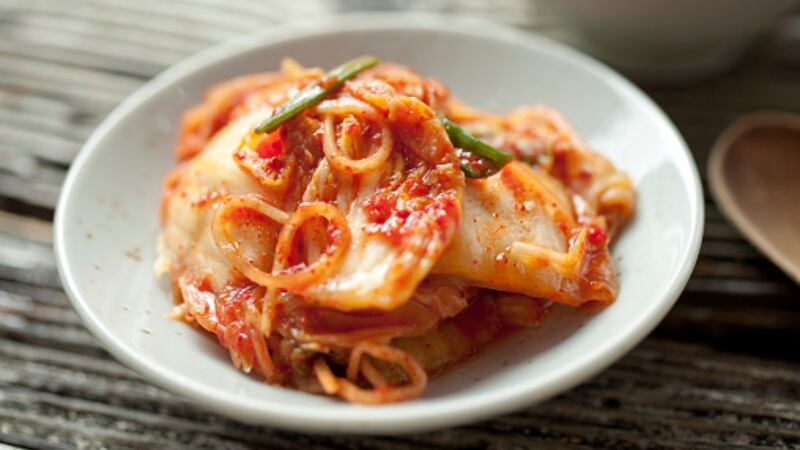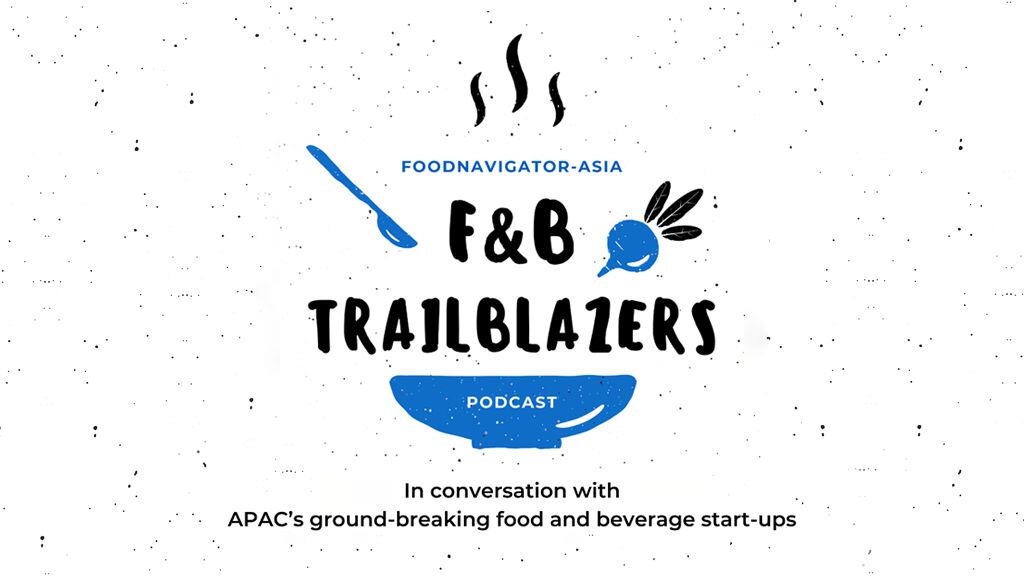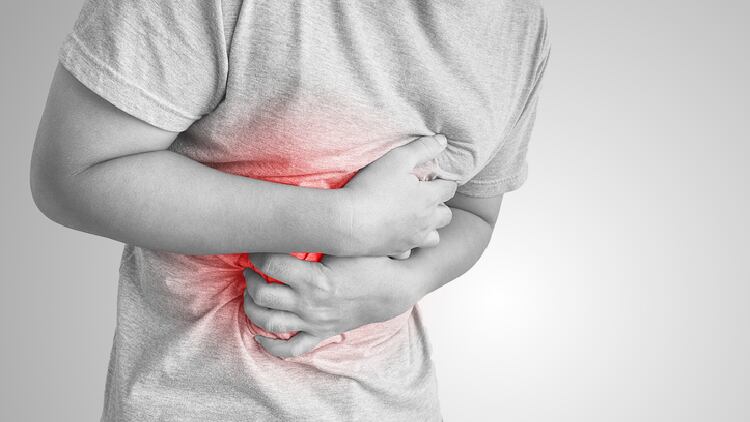The South Korean Ministry of Agriculture, Food and Rural Affairs (MAFRA) announced earlier this month that the country’s total agri-food exports from January to August 2020 had increased by 4.9% in value year-on-year to hit US$4.85mn.
Amongst these, traditional South Korean side dish kimchi (salted and fermented vegetables) was the top grower, rising 40.3% to hit US$97.9mn in export value, followed by another traditional local food – ramen, which grew 36.7% year-on-year to hit US$405.4mn in export value.
“Even through the difficult situations faced such as the global economic downturn caused by COVID-19, South Korea has [managed to thrive] by selecting strategic food items to actively promote via non-face to face or online marketing, which led [to this success],” said MAFRA minister Kim Hyeon-Soo.
“There was increased global interest in kimchi during COVID-19 [due to the perceived health benefits associated with] such fermented foods, and we further moved to actively target new consumer demographics such as vegans with vegan kimchi.”
The large jump in growth was largely attributed to growth in export markets such as the United States (69.1% growth to reach US16.4mn value), Australia (76.4% growth to reach US$4.1mn) and Japan (49.3% growth to hit US$48.6mn).
“Ramen also was a popular export item as it can be stored for long-term and is also convenient to store and cook – we saw exports for this increase in the United States (56.7% growth to US$53.2mn), Japan (48.9% growth to US$32.4mn) and China (44.9% growth to US$105.8mn),” added Kim.
Other food products which saw significant export growth included sauces which grew 23.5% to hit US$200.9 in value, chicken which grew 24.2% to hit US$50.2mn in value and processed rice products which grew 21.7% to hit US$85mn in value.
“Within sauces, gochujang (red pepper paste) exports especially grew significantly due to the rise of the home cooking trend, rising 35.6% to hit US$33.2mn in value within the first eight months of the year – this was especially due to demand from China, where exports grew 72.5% to reach US$6.5mn,” Kim said.
This finding is also in line with previous research done on Chinese consumer trends since the start of COVID-19, which saw a significant shift towards the home cooking trend in the country based on its online purchasing patterns.
The top markets for processed rice products such as rice cakes were the United States, China and Hong Kong, whereas chicken exports from South Korea mostly went to Hong Kong, the United States and Vietnam.
Not so merry back home
In terms of the local food market though, things have been much less rosy especially with two typhoons, Maysak and Haishen, hit the country within a week.
Food prices had already been on the rise before these due to bad, rainy weather, especially fresh vegetables which prices rose on average 25.5% month-on-month and 28.6% year-on-year in August 2020, as well as fresh fruits which rose by 2.5% month-on-month and 7.2% year-on-year.
Cabbages, radishes, apples and pears were highlighted by MAFRA to be amongst the foods for which prices were expected to remain higher than average due to factors such as logistical challenges and poor crop yield due to the weather.
MAFRA had initially hoped for prices to stabilise after early September – but this was before Typhoon Haishen hit on September 7, after which MAFRA Vice Minister Lee Jae-wook called for an emergency ‘Supply and Demand Inspection Meeting’ pertaining to agricultural products.
“It is difficult [to guarantee crop supply levels now] due to the unprecedented rainy seasons and typhoons, but [the situation] is expected to gradually stabilize due to an increase in production after mid-September,” Lee said.
MAFRA was also originally planning to strengthen export support for its fresh agricultural products including pears, grapes, strawberries and more in the second half of 2020, but the successive typhoons and uncertain supply have left this unconfirmed thus far.





